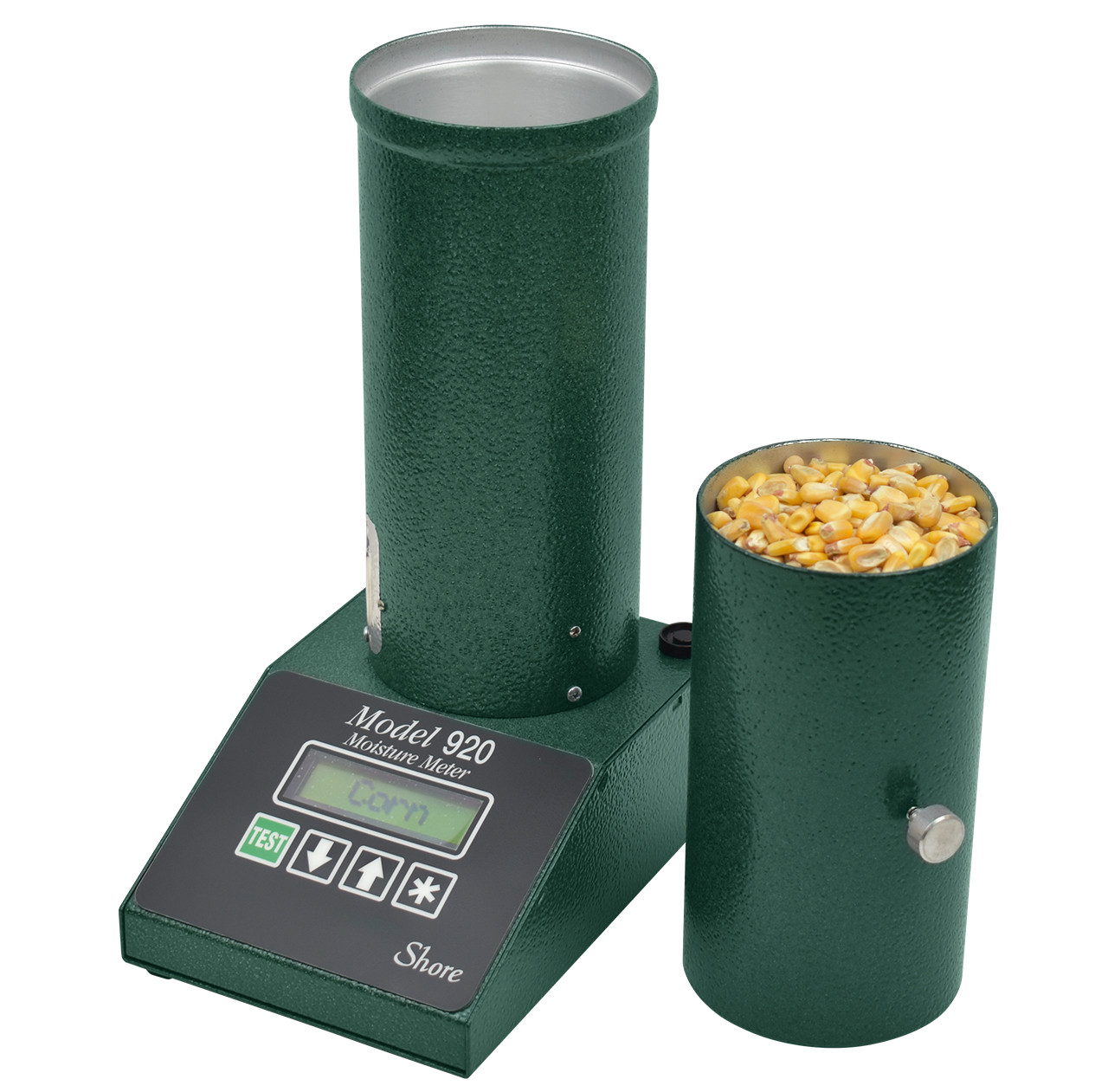How to Use a Moisture Meter to Detect Hidden Water Damages in Your Residential property
How to Use a Moisture Meter to Detect Hidden Water Damages in Your Residential property
Blog Article
Comprehending the Significance of a Moisture Meter in Protecting Against Mold and Water Damages in Your Home
In the world of home maintenance, the presence of wetness can often be a quiet yet powerful opponent, with the ability of creating prevalent mold growth and dangerous water damage if left untreated. In the middle of the tranquil setting of a home, concealed moisture problems can make under the surface area, posturing a danger to both property and wellness. Nevertheless, equipped with the right devices and knowledge, house owners can proactively deal with these prospective dangers. Comprehending the significance of a moisture meter in this battle is not just an alternative however a tactical need.
Value of Moisture Discovery
Effective wetness discovery techniques are vital for guarding homes and stopping prospective mold growth and water damage. Dampness can permeate into various structure products, bring about architectural concerns and health and wellness dangers. By using a wetness meter, residential property proprietors can proactively determine areas vulnerable to excess dampness, enabling for prompt treatment and mitigation techniques.
Moisture meters offer exact analyses of moisture degrees in various materials such as drywall, concrete, and timber. This information aids in identifying areas of concern, also in concealed or hard-to-reach places. Early discovery of moisture buildup allows prompt fixings or modifications to avoid more damage.

How Moisture Meters Job
Moisture meters play a pivotal duty in the proactive recognition of excess wetness, aiding in the avoidance of potential mold and mildew growth and water damages by providing exact readings of dampness levels in different building products. These tools work based upon different concepts, depending on their kind. Moisture Meter. Pin-type moisture meters, for example, have two pins that permeate the product to determine the electric resistance in between them. When dampness is present, it boosts the material's conductivity, causing a reduced resistance analysis. Pinless dampness meters, on the various other hand, usage electromagnetic sensing units to scan the product without causing damages. These sensing units discharge electromagnetic signals that permeate the product and measure the dielectric buildings, indicating wetness web content. Some advanced wetness meters pin both incorporate and pinless technologies for detailed dampness detection. Understanding exactly how moisture meters feature is essential for timely and accurate wetness degree assessments, allowing efficient preventative measures against mold and water damage.
Finding Early Indication
Upon initial evaluation of a home, acknowledging subtle indications of excess wetness ends up being essential in the early discovery of prospective mold development and water damage. Some common early caution indications include stuffy smells, water stains on ceilings or wall surfaces, peeling paint or wallpaper, and distorted or discolored surfaces. Stuffy smells usually suggest the presence of mold and mildew or mildew, even if no noticeable signs appear. Water spots can signal leakages or seepage, while peeling off paint or wallpaper may be an outcome of wetness compromising the bond of these materials to the surface area. Warped or blemished surfaces, such as bending floorboards or stained drywall, are clear indicators of water damage. In addition, an increase in allergic reaction symptoms or respiratory system issues amongst occupants may recommend the presence of mold and mildew because of excess moisture. By quickly recognizing and dealing with these very early warning indications, homeowners can alleviate the threat of comprehensive mold and mildew development and water damage in their buildings.
Preventing Mold Growth
Recognizing very early caution signs of excess wetness within a building not only allows punctual discovery of potential mold growth and water damages yet additionally serves as a proactive procedure in protecting against the proliferation of mold. To efficiently stop mold and mildew development, it is crucial to deal with any sources of wetness without delay.
Monitoring moisture degrees in areas prone to dampness, such as cellars and crawl website here spaces, making use of a wetness meter can likewise aid in very early detection of raised wetness levels and possible mold growth - Moisture Meter. By taking aggressive steps to prevent excess dampness basics and mold development, house owners can protect their property and interior air quality.
Advantages of Regular Surveillance
Routine tracking of dampness degrees in a property can play an important function in preserving a healthy and balanced interior atmosphere and stopping possible mold and mildew and water damages. By consistently examining dampness degrees, home owners can identify any kind of concerns without delay and take needed activities to stop mold and mildew development and water damage.
Additionally, regular surveillance enables homeowners to track patterns and patterns in moisture degrees over time. Inevitably, the constant surveillance of dampness degrees empowers property owners to safeguard their home, guard their health, and maintain the stability of their interior atmosphere.

Conclusion

By using a dampness meter, property owners can proactively identify areas prone to excess moisture, allowing for prompt treatment and reduction approaches.

Keeping track of moisture levels in locations vulnerable to dampness, such as cellars and crawl spaces, using a wetness meter can additionally assist in very early detection of elevated moisture degrees and possible mold and mildew growth. (Moisture Meter)
Report this page